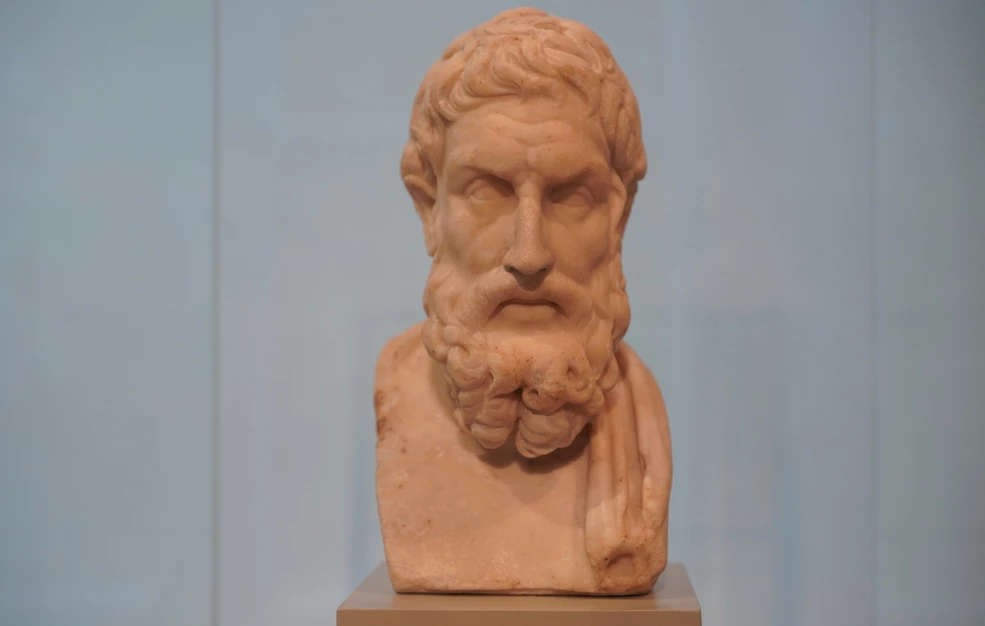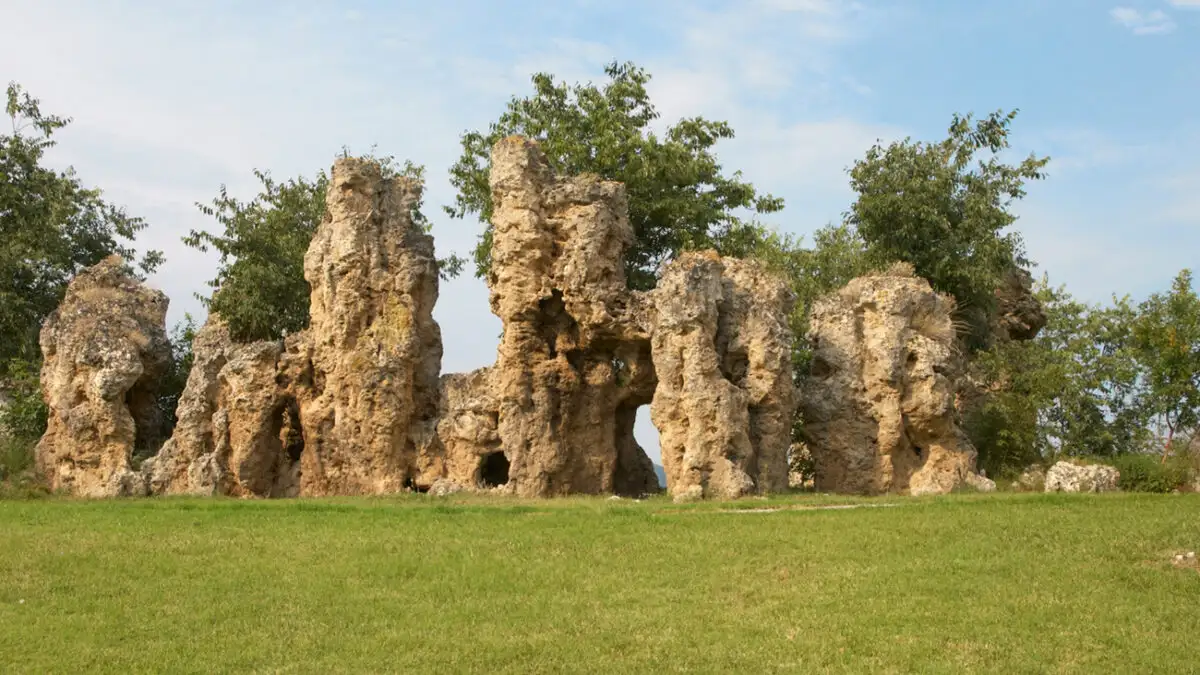Rhamnous (Greek: Ραμνούς; Also: Ramnous or Rhamnus or Rhamnounda) is and ancient Greek fortified town, located on the Attica coast, about 55 kilometers northeast from Athens. It was named for the local prickly bush called ramnos and was the most important sanctuary of Nemesis in ancient Greece.
History The temple of Nemesis in Rhamnous was renown even before the fortified settlement acquired importance in the 5th c. BCE. Nemesis was the goddess that prescribed happiness and misery to mortals, and a zealous punisher of "hubris" (ύβρις) - the disrespectful arrogance of humans who thought their destiny was under their own control. The worship of Nemesis ended in 382 CE when the Byzantine emperor Arcadius ordered that all pagan temples be destroyed.
The fortified settlement of Rhamnous was of strategic importance to Athens in the Archaic and Classical eras because it guarded over Euripos and two small harbors that provided shelter off the east coast of Attica to southbound ships. During the Peloponnesian war, and after the Spartans occupied the fort of Dekelia, Rhamnous provided safe passage for Athenian food supplies that came from Euboea. Rhamnous was the birthplace of Antiphon (b. 480 BCE) who founded a school attended by Thucydides.








